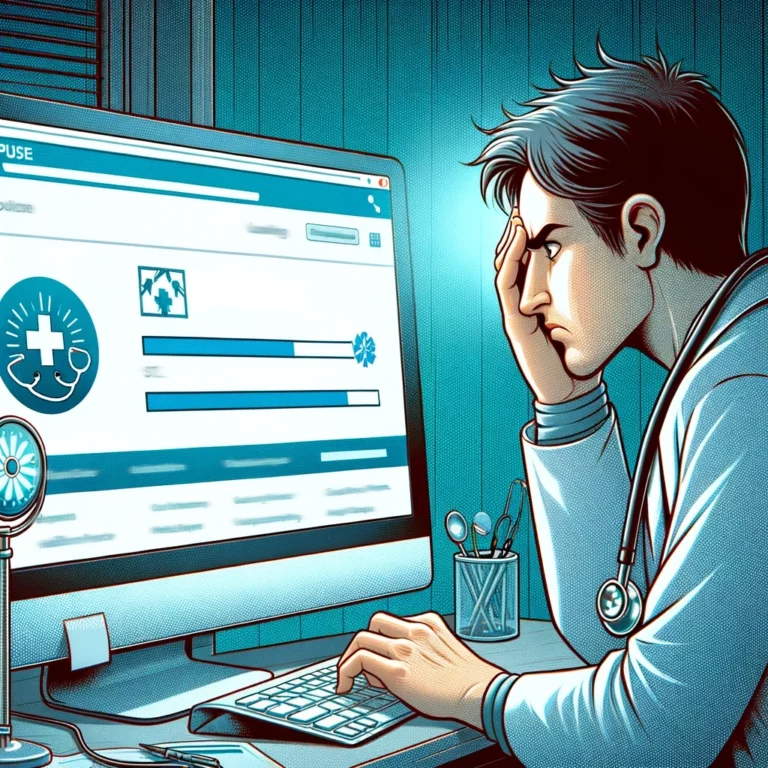Dr. Lisa, Interview with meddkit
Dr. Lisa Bleicher is a wonderful advocate for taking back what is ours….OUR HEALTH! The path might be different from what you might expect out of a typical chiropractor…. Hear Dr. Lisa share: 1. The things that are blocking us from achieving our greatest potential and how our journey is mental, emotional and spiritual as…










